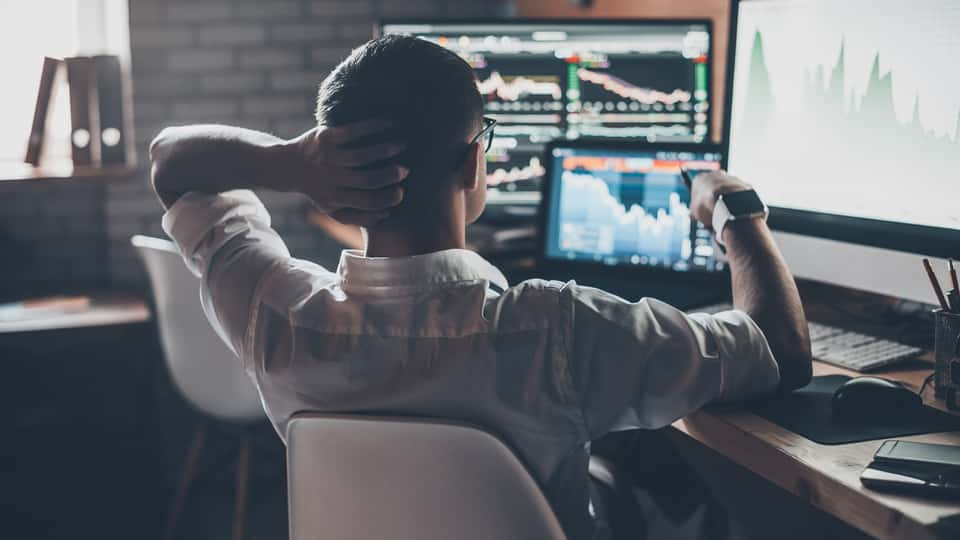With market volatility, as measured by the “CBOE S&P Market Volatility Index (VXX)” has sunk back down to pre-teen levels of 12.; while it can certainly stay low, this basically represents a floor in the price.
And sets up an attractive situation for employing a backspread strategy.
A backspread consists of all calls or all puts with the same expiration in which one sells a closer-to-the-money strike and buys a multiple number of contracts in a further out-of-the-money strike. The goal is to have as minimal an outlay or debit as possible while achieving the highest ratio of long option contracts to short.
I tend to use these on the put side, whether it be portfolio protection or bearish bets.
The goal of a backspread is to buy as many options as possible relative to the number sold for the lowest cost. A good rule of thumb would be to buy 3 contracts for every 1 sold for even money. Of course, the width between strike prices is one of the determining factors of what ratio can be accomplished.
Think about using them when a stock or ETF has enjoyed a remarkable rally. When gold went parabolic the past few months one could portfolio established a low cost back spread in “SPDR Gold Trust (GLD - Get Rating)” which, after a few days, paid off handsomely.
While “Tesla (TSLA)” and “Beyond Meat (BYND)” still in their upward trajectory both are set up as good candidates for employing backspreads.
The Dead Zone
The drawback is that there’s a moderate decline that could lead to some steep out-of-pocket expense.
This type of risk creates a dilemma: Backspreads can usually be established on a more attractive ratio closer to expiration as further out of the money option becomes less expensive. But holding backspread until expiration increases the chances it will land in the dead zone and incur a loss.
Things to minimize that possibility:
- If you establish a backspread with more than two weeks until expiration and only plan on holding until there is at least remaining until expiration. If the big move you were expecting doesn’t occur before then get out.
- If the stock moves opposite your prediction, as in higher on a put/bear back spread, think about buying back in the short portion of the position as it decreases in value also creates a less attractive risk-reward for remaining short it. Remain long the out-of-the-money strikes at a discounted effective cost basis. Many times these seemingly worthless options can come back to life and produce big profits.
Backspreads are powerful positions but they must be used judicially and traded around nimbly.
GLD shares were trading at $146.65 per share on Wednesday afternoon, down $0.09 (-0.06%). Year-to-date, GLD has gained 2.62%, versus a 3.18% rise in the benchmark S&P 500 index during the same period.
About the Author: Option Sensei

Steve has more than 30 years of investment experience with an expertise in options trading. He’s written for TheStreet.com, Minyanville and currently for Option Sensei. Learn more about Steve’s background, along with links to his most recent articles. More...
More Resources for the Stocks in this Article
| Ticker | POWR Rating | Industry Rank | Rank in Industry |
| GLD | Get Rating | Get Rating | Get Rating |






